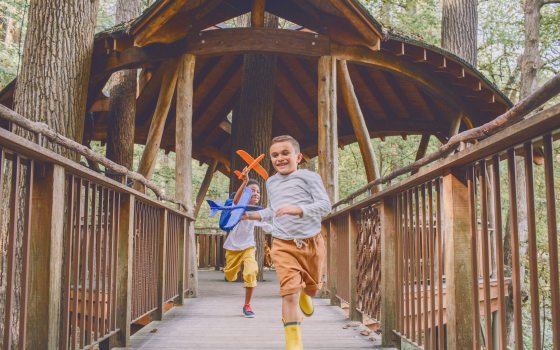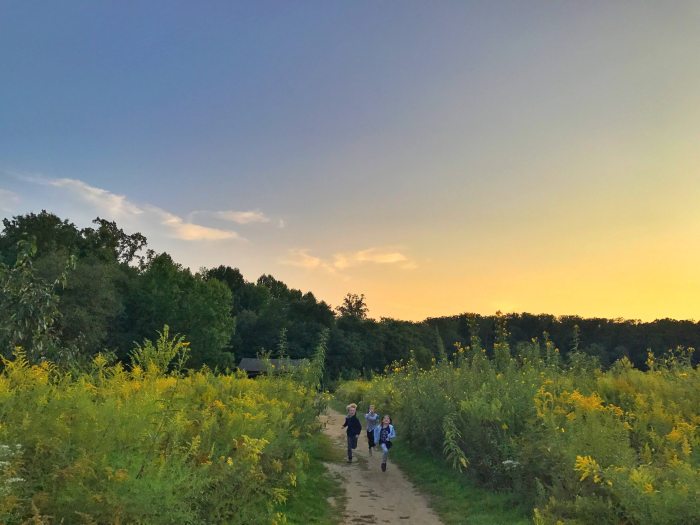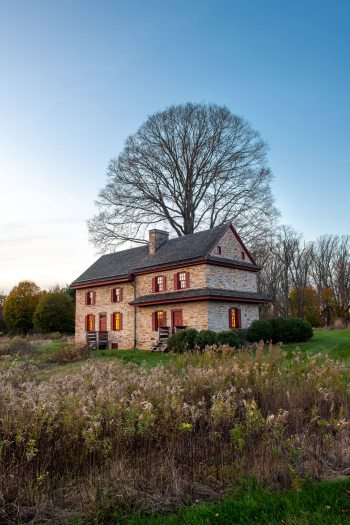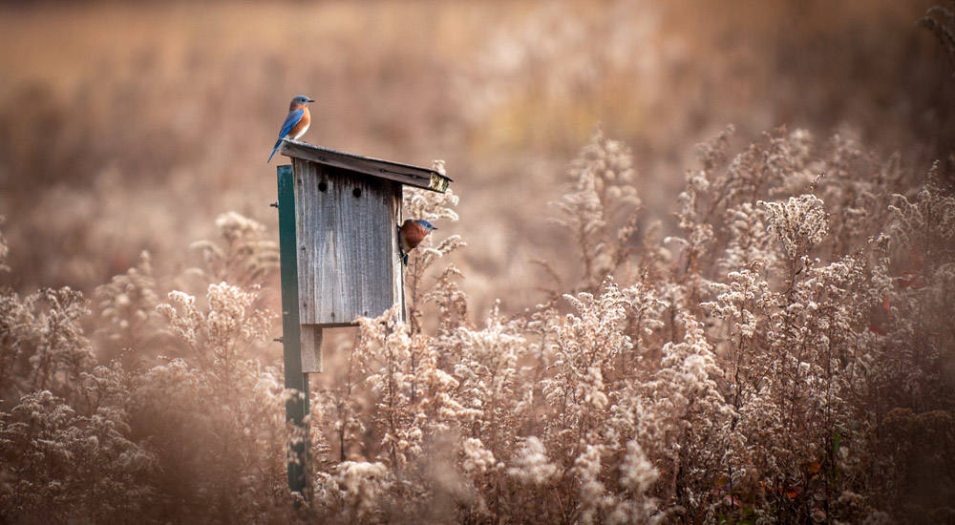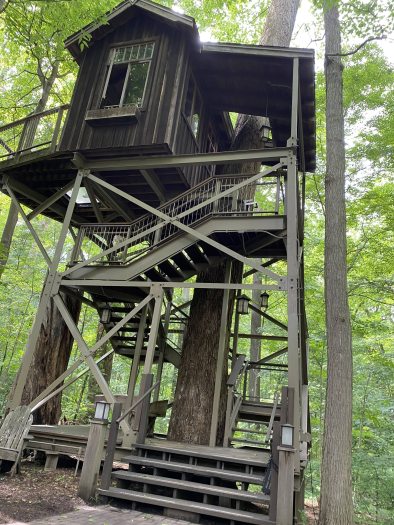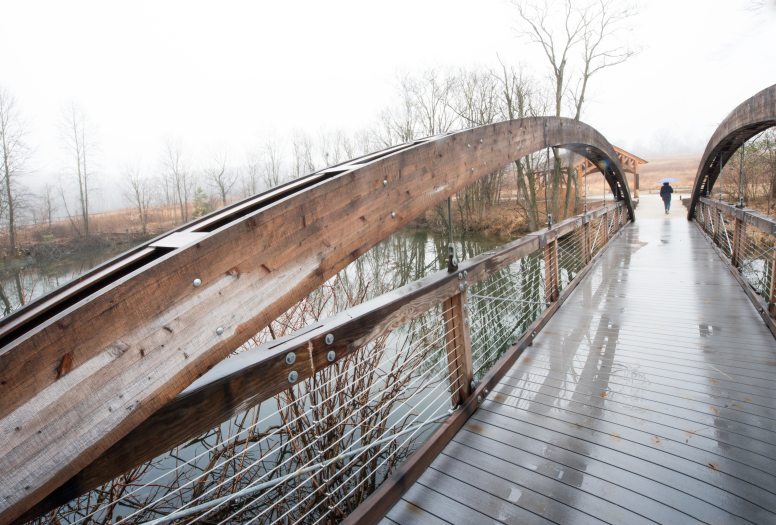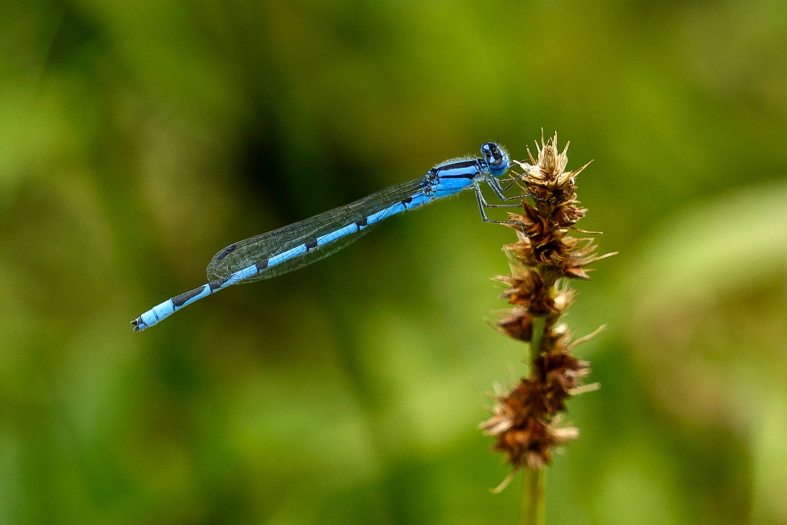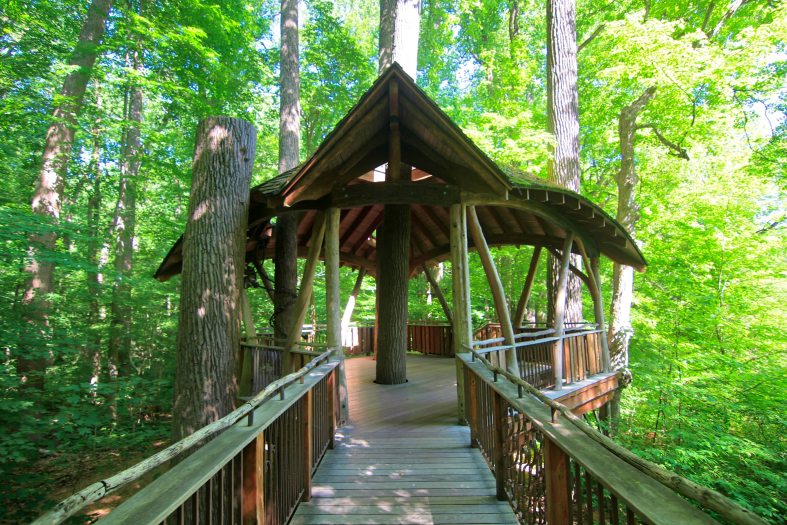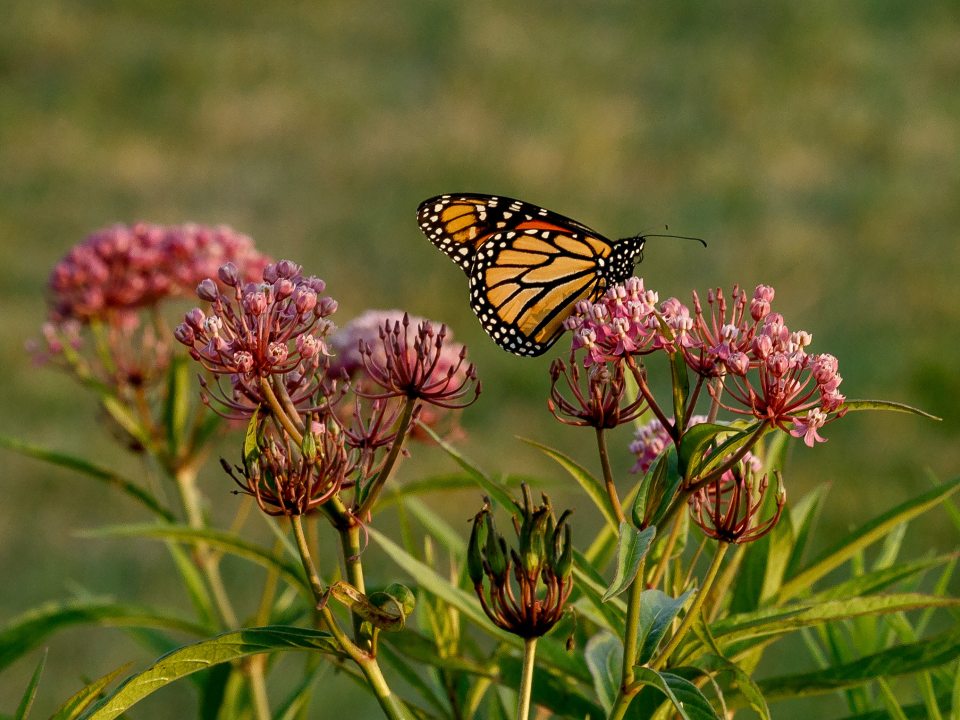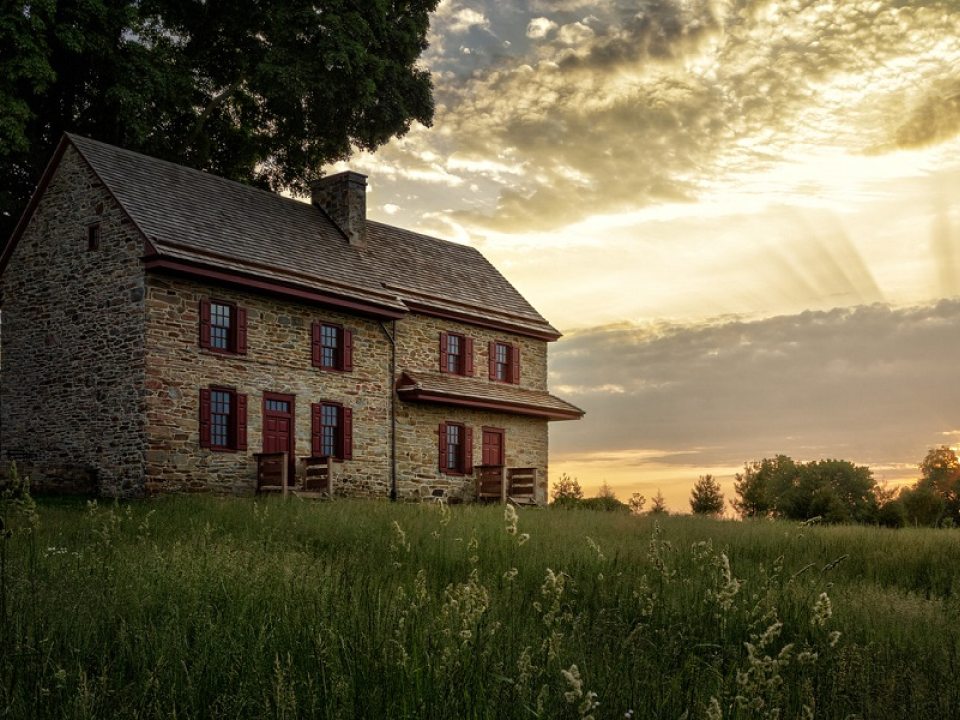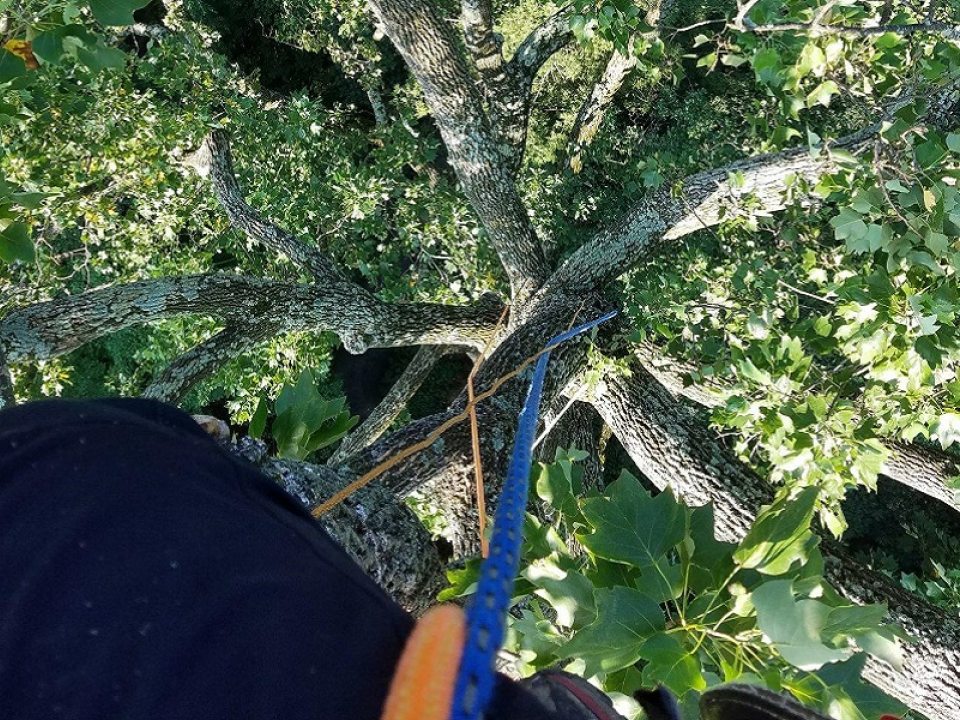When visiting the Meadow and Forest District, it’s not uncommon to get lost—in the moment, that is. While immersed in this expansive landscape, all of your senses will come alive, from the rhythmic sounds of the resident insects to the fleeting flash of a swooping bird. Wander miles of trails that traverse sunny fields and shaded forest alike, taking in carefully choreographed grand vistas of managed ecosystems, home to hundreds of flora and fauna that play a vital role in the overall health of our gardens and beyond.
About This District
The Meadow and Forest District is a large-scale landscape shaped over time and reflecting thousands of years of human cultivation. From the eastern deciduous woodlands where the indigenous Lenni-Lenape lived, hunted, and planted crops, to the European-style livestock pastures of the 18th and 19th centuries, to the principles of garden design and science-based land management that guide us today, this land takes guests not only on a journey through diverse habitats, but also time.

